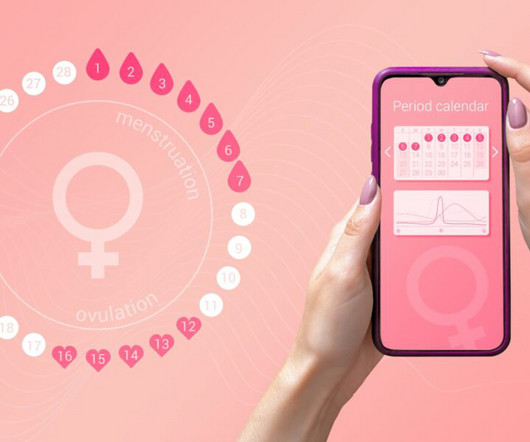How UPMC's virtual-first healthcare model works
Healthcare It News
FEBRUARY 28, 2023
UPMC Central Pennsylvania, a hospital that in 2021 achieved Stage 7, the top of the HIMSS Electronic Medical Record Adoption Model, has been a leader in telemedicine, with more than two dozen robust virtual care programs.













Let's personalize your content